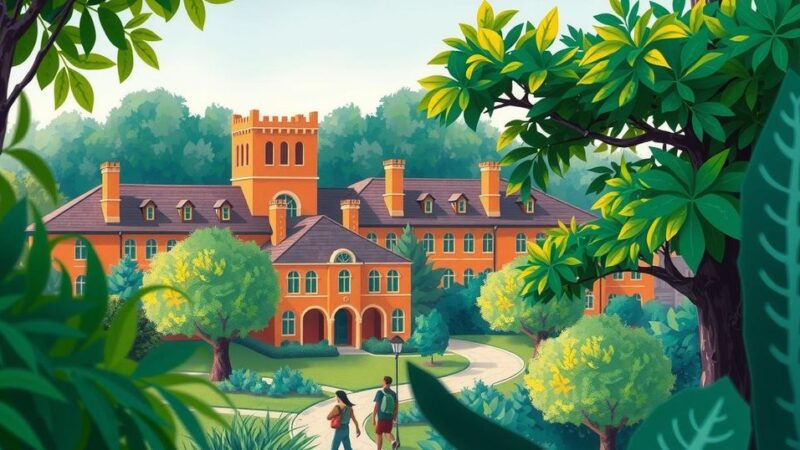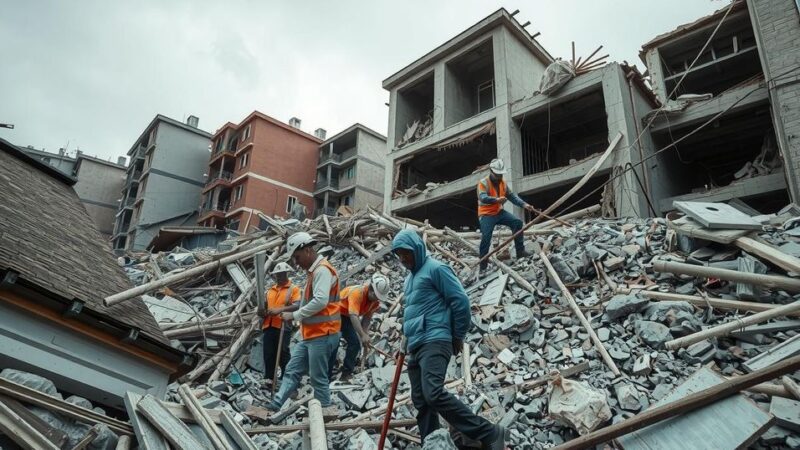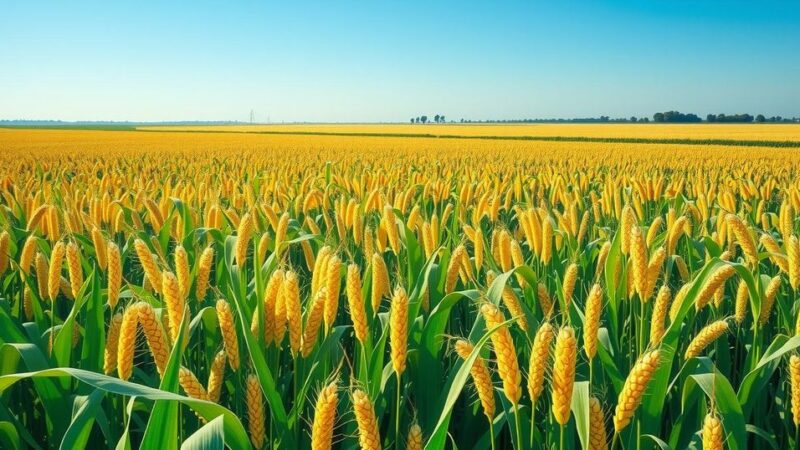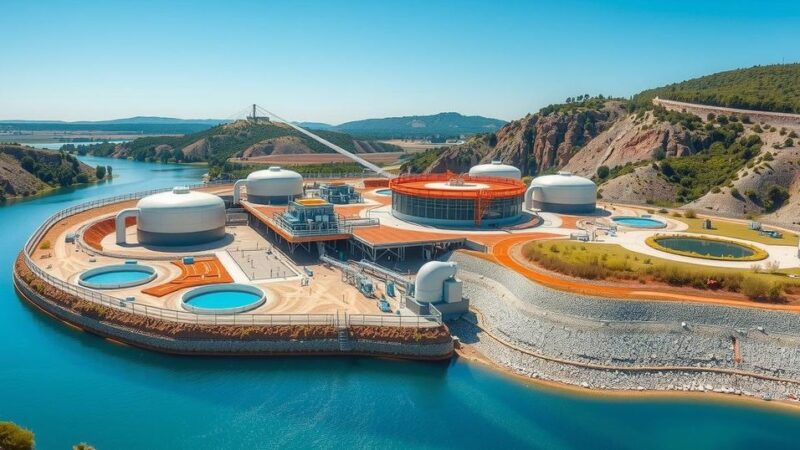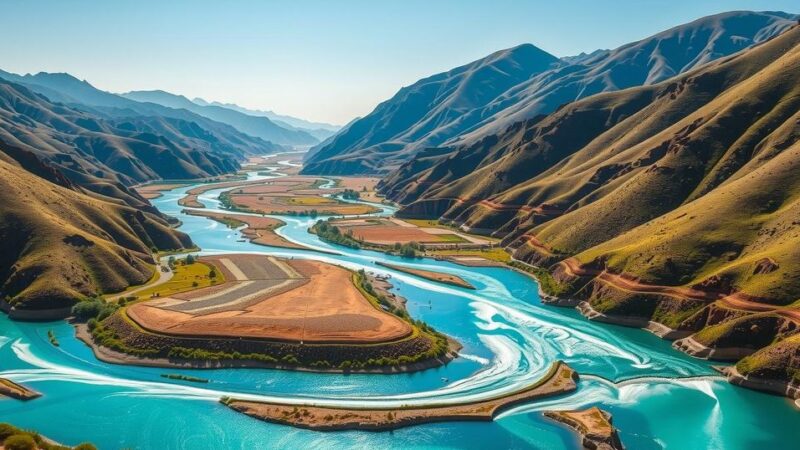Recent research in Argentina’s Neuquén province evaluated the effectiveness of assisted natural regeneration (ANR) mandated for decommissioned oil drilling sites in the Monte Desert. Results showed low plant density and diversity in restored areas compared to undisturbed sites, despite a surprising number of species present. Experts recommend further investigation into soil microbiomes and the integration of active restoration methods to support ecological recovery.
In Neuquén province, Argentina, local regulations mandate oil companies to create furrows at decommissioned drilling sites to aid plant growth, a practice known as assisted natural regeneration (ANR). Recently, research led by the National University of Comahue investigated the efficacy of this approach, revealing mixed outcomes regarding plant density and diversity compared to undisturbed sites, even as a substantial number of species, including unexpected ones, were present.
The harsh conditions of the Monte Desert—fluctuating temperatures, low rainfall, and poor soil nutrients—pose significant challenges for plant life. Historical oil drilling operations and a recent increase in fracking have devastated numerous sites, complicating plant recolonization following the cessation of these activities. The 2024 study by researchers aimed to determine whether the government’s ANR approach effectively supports plant regrowth at these troubled locations.
Results from the research indicated that while the ANR technique led to the presence of about 40% of species typically found in undisturbed environments, overall plant density, coverage, and diversity remained significantly lower at the restored sites. Among the species identified were climax species, such as Larrea divaricata, known for improving local soil conditions.
Florencia del Mar González, the primary investigator, acknowledged the surprising findings during the fieldwork: “We began to find some response from the ecosystem in some of the places we were visiting,” highlighting the unexpected resilience of certain ecologies. However, the findings emphasize a critical need for future studies focused on the soil microbiome, which influences plant communities significantly.
James Aronson, an academic expert in ecosystem restoration, remarked on the importance of understanding underground conditions for effective dryland restoration. He noted that nutrient availability challenges necessitate symbiotic relationships that may have been disrupted by prior oil drilling activities. He asserted that observing above-ground improvements may take decades even under favorable conditions.
Research into soil microbiomes may boost restoration efforts, and ongoing studies will investigate the introduction of nurse plants to enhance regrowth. Del Mar González opined that adjustments to ANR practices, such as increasing furrow depth, could optimize water retention and soil conditions. This research not only targets the Monte Desert but could also guide recovery in degraded environments worldwide.
In sum, while the study on ANR presents valuable insights into plant restoration in arid regions, it also underscores the complexities of ecological recovery in the face of human impacts. The researchers advocate for both passive and active restoration approaches to address growing climate challenges and biodiversity crises.
In summary, the study conducted by researchers at the National University of Comahue reveals the complexities of implementing assisted natural regeneration (ANR) in Argentina’s Monte Desert. Although the technique yields some positive ecological responses, it also highlights the substantial challenges in recovering plant density and diversity following extensive oil drilling. Future research must further explore soil microbiomes and consider active restoration techniques to enhance the effectiveness of recovery strategies. Overall, these findings emphasize the need for innovative approaches to restoring damaged ecosystems.
Original Source: news.mongabay.com

